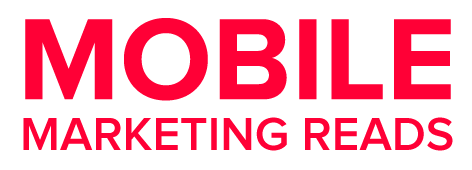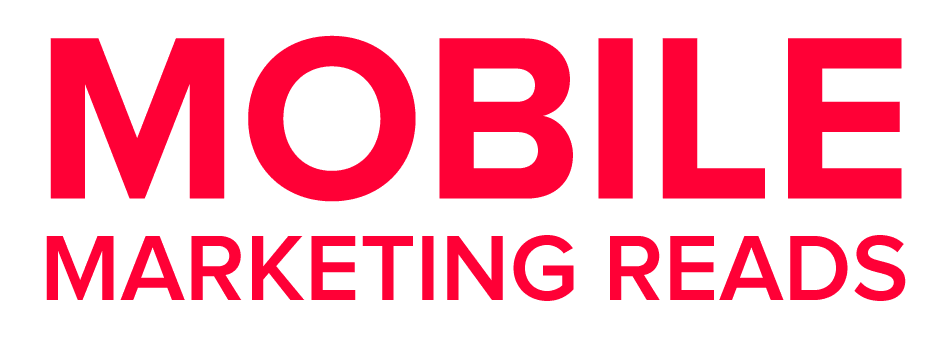Broadsign has reached an agreement to acquire Place Exchange, a move that consolidates two major players in the digital out-of-home (DOOH) advertising sector and further expands Broadsign’s programmatic reach. The deal brings together Broadsign’s content management and ad tech infrastructure with Place Exchange’s supply-side platform (SSP) and programmatic capabilities, extending DOOH inventory access for buyers and broadening monetization paths for media owners.
The acquisition—executed with support from a minority investment by Crestline Investors—unifies a broad set of technologies and inventory sources across international markets. Broadsign says the integration will streamline workflows for media sellers and open new demand channels, while buyers connected to Place Exchange will gain access to a larger global pool of DOOH placements. Financial terms of the agreement were not disclosed.
The transaction follows a period of growing advertiser interest and structural change within the DOOH category. Broadsign has pursued multiple acquisitions in recent years, and the addition of Place Exchange marks its fourth since 2019. The combined business now counts nearly 1.8 million screens in its programmatic inventory and roughly 370 employees worldwide, reflecting continued momentum behind automated out-of-home buying despite broader industry headwinds.
Place Exchange’s supply ecosystem emphasizes programmatic guaranteed deals, geospatial audience targeting, and advanced analytics across formats including cinema, audio, retail video, and moving media. The platform supports workflows that mirror digital channels, offering tools for planning, delivery, measurement, and attribution—traits that underscore the sector’s continued alignment with broader digital advertising practices.
Place Exchange co-founder and CEO Ari Buchalter, whose team joins Broadsign as part of the transaction, highlighted the timing amid rising DOOH adoption among new buyer segments. In recent years, the industry has evolved beyond traditional manual sales processes, with DOOH now drawing increased attention from digital-native brands and in-house marketing teams accustomed to data-driven approaches. This shift aligns with trends toward greater automation, measurability, and audience targeting in out-of-home, suggesting an inflection point for the medium.
Industry analysts have noted that DOOH remains distinct from other digital formats such as mobile or CTV, due to the wide variety of screen types, formats, and contextual targeting requirements. According to Buchalter, fewer than 5 percent of programmatic DOOH buys occur via open auction; most transactions are negotiated via deal IDs, reflecting a relatively bespoke and curated marketplace compared with other ad tech channels.
Broadsign’s expanded footprint positions it to serve a broader range of media owners, including major operators in transit, retail, and out-of-home environments, as well as brands exploring DOOH for the first time. At the same time, the acquisition situates Broadsign to compete with omnichannel ad platforms that have added DOOH as a supplementary option. By maintaining a dedicated OOH stack, Broadsign aims to address format-specific technical needs—such as location-based targeting, dynamic creative, and moving media ad delivery—that broader ad tech platforms may treat as secondary.
Crestline Investors also expects the DOOH category to benefit from broader ad industry growth. In a statement included in the acquisition announcement, Crestline leadership pointed to continued expansion in programmatic buying and cited the combined entity as well-placed to take advantage of new opportunities in automation and data integration.
The deal underscores a broader trend of consolidation and maturation within the out-of-home sector. DOOH has increasingly attracted attention from buyers seeking alternatives to digital channels traditionally dominated by mobile, video, and desktop. With improved ad measurement, audience segmentation, and automation, DOOH placements are increasingly integrated into omnichannel campaigns, while media owners look to diversify revenue streams through programmatic sales.
For Place Exchange, the acquisition represents a return to broader OOH infrastructure after spinning out from Intersection in 2021. For Broadsign, the deal builds on earlier investments in automated OOH buying, AI-driven creative categorization, and carbon measurement partnerships, signaling continued focus on product development and platform scale.






Comments
Loading…